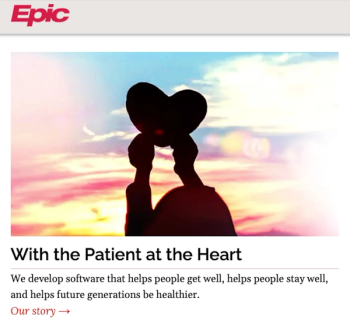
Diabetes patients face rising debt, credit risk and financial fallout
Key Takeaways
- Patients with type 2 diabetes experience higher rates of financial hardship, including low credit scores and debt in collections, compared to non-diabetic peers.
- Vulnerable populations, such as Black or Hispanic individuals and Medicaid enrollees, face the greatest financial burdens among diabetes patients.
New research linking EHRs with credit reports reveals a disparity in financial well-being for patients with type 2 diabetes.
Patients with
Researchers from
“Every financial outcome you could look at, diabetes patients fared worse,” said Cäzilia Loibl, Ph.D., CFP, professor and chair of consumer sciences at Ohio State and a co-author of the study.
Gaps in credit, debt and risk
Among patients with type 2 diabetes, 64.5% had at least one adverse financial outcome, compared to 49.9% of non-diabetic patients. More than half (59.7%) had below-prime credit scores, and more than one-third had debt in medical (36.9%) or nonmedical (38.4%) collections.
The financial gaps extended beyond incidence rates. Patients with diabetes averaged 1.9 adverse financial outcomes, compared to 1.2 for those without diabetes.
They also had lower mean credit scores (619 vs. 664) and significantly higher balances in debt collections and delinquent debt.
“Our data point to substantial financial hardships for patients with type 2 diabetes and help explain why so many ration medicine and don’t follow the health care recommendations that could help them control their disease,” said Joshua Joseph, M.D., M.P.H., an endocrinologist at Ohio State and co-author of the study.
Disparities hit vulnerable populations hardest
The study also uncovered disproportionate financial outcomes among especially vulnerable groups. The burden was highest for diabetes patients who were Black or Hispanic, younger than 65, female, enrolled in Medicaid or without earned income.
Black patients with diabetes had an 87.3% adjusted probability of experiencing at least one adverse financial event — nearly 28 percentage points higher than White patients with diabetes.
Notably, while those on Medicaid had the highest overall financial burden, the largest gap in financial health between patients with and without diabetes was among those with private insurance (14.8 percentage points), followed by Medicare (10.2) and Medicaid (7.8).
“Our results really speak to the importance of screening diabetes patients for finances and debt issues,” Joseph said. “But beyond screening, we also need to ensure they have access to resources in the community that can help them to ultimately improve their financial situations.”
A new standard
Although past research has demonstrated that patients with diabetes are more likely to experience financial strain, the Ohio State study breaks new ground by integrating medical records, employment data and credit histories.
“We were able to link credit data, employment data and medical data, providing a unique look at the connection between physical and financial health in diabetes patients,” said co-author Stephanie Moulton, Ph.D., a professor in Ohio State’s John Glenn College of Public Affairs. “That’s one of the biggest strengths of this study.”
The findings underscore the need for health systems and payers to take economic stability seriously as a social determinant of health. As clinicians increasingly incorporate questions about food insecurity and housing, the authors suggest it may be time to add credit and debt to the screening checklist.
“It is critical for their health and well-being,” Joseph said.
Newsletter
Stay informed and empowered with Medical Economics enewsletter, delivering expert insights, financial strategies, practice management tips and technology trends — tailored for today’s physicians.














